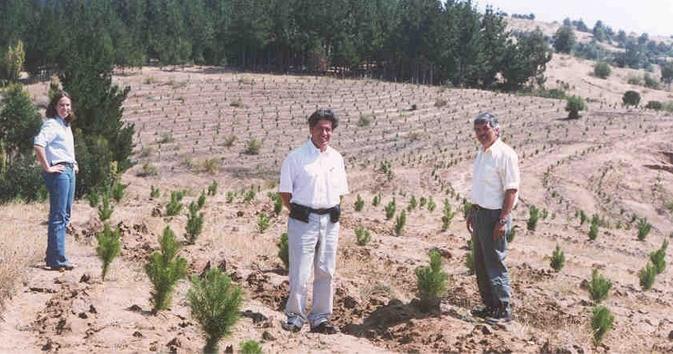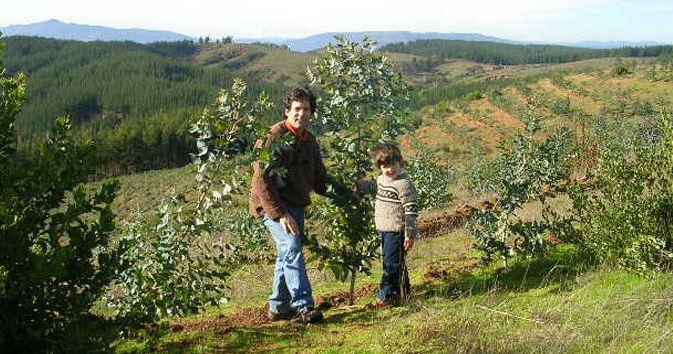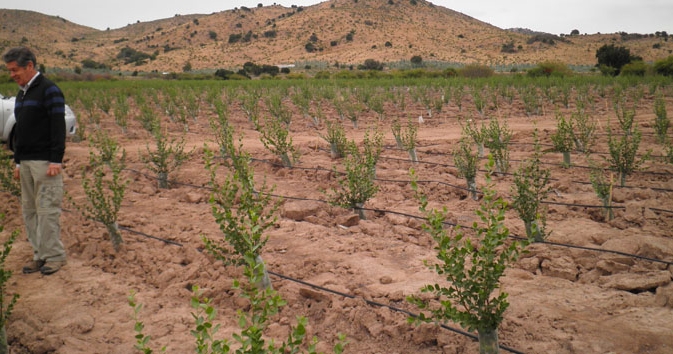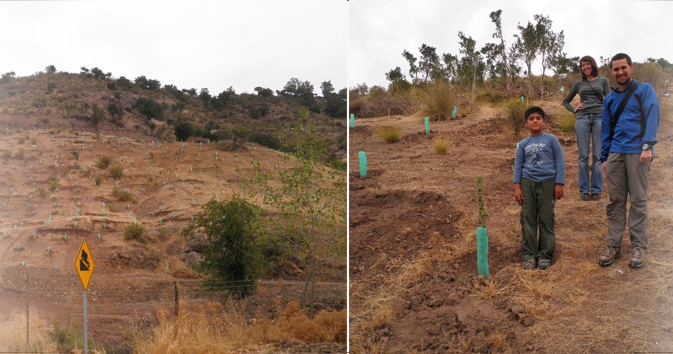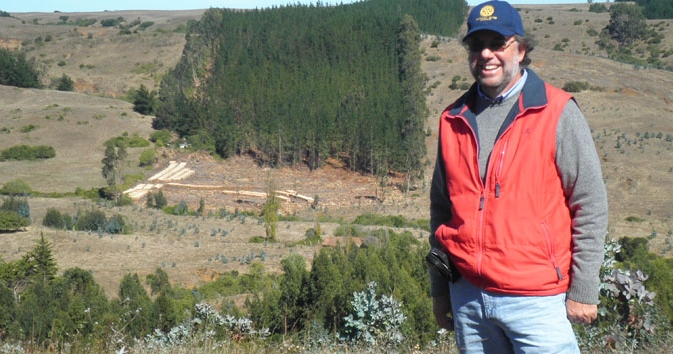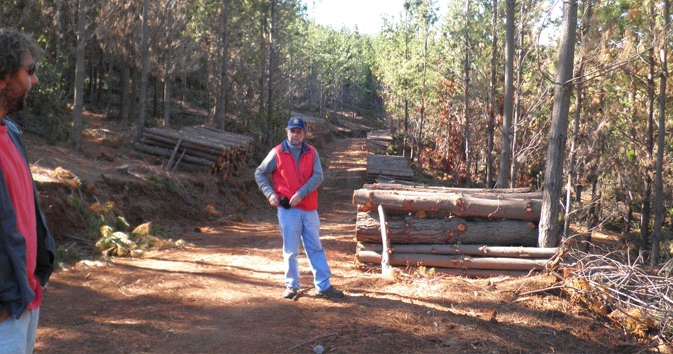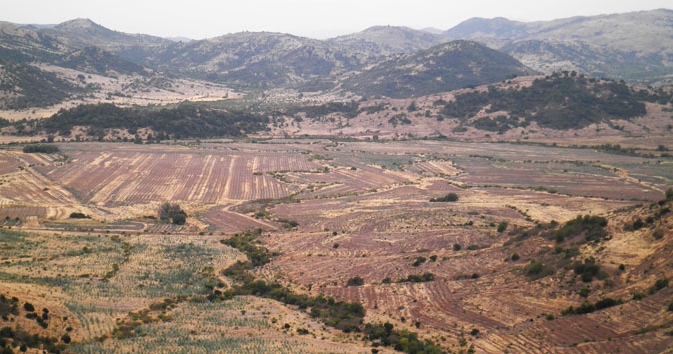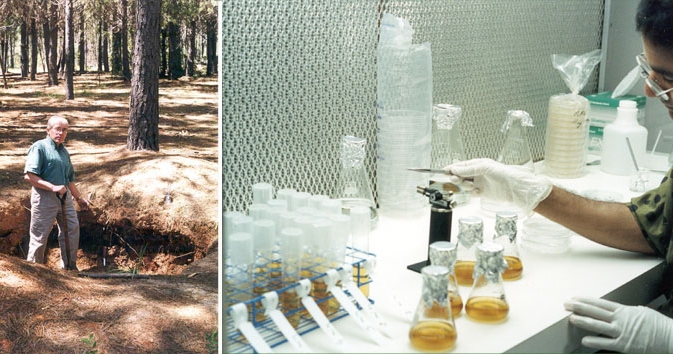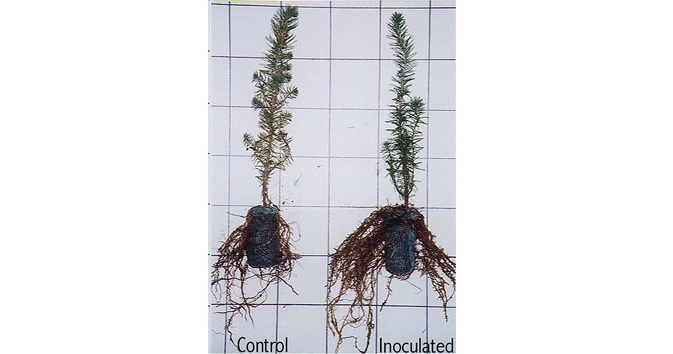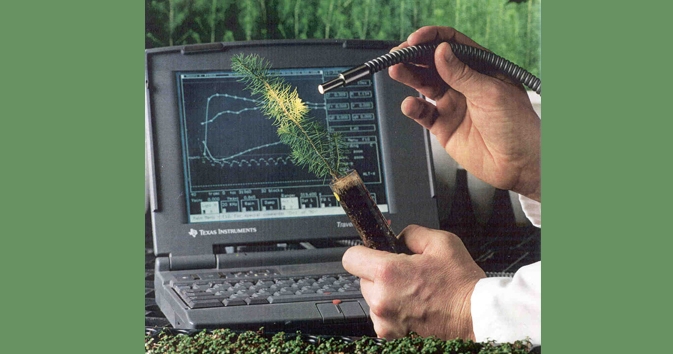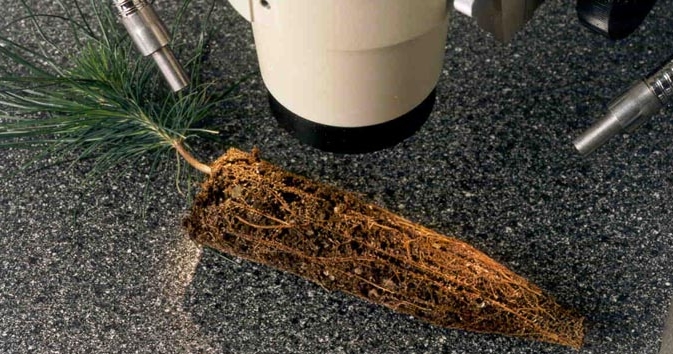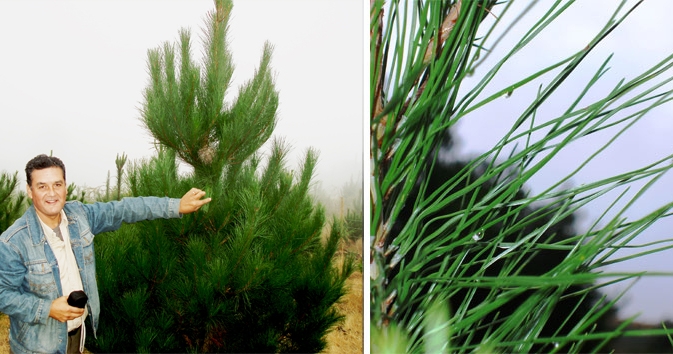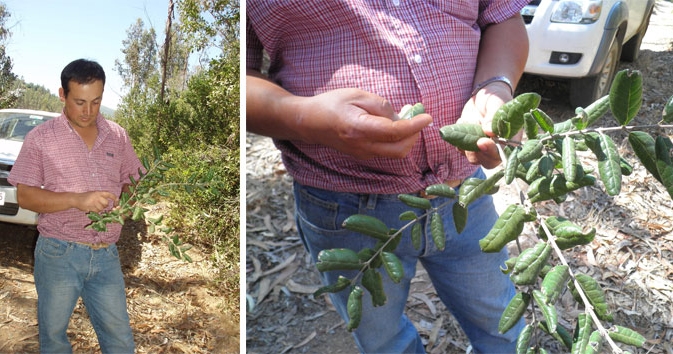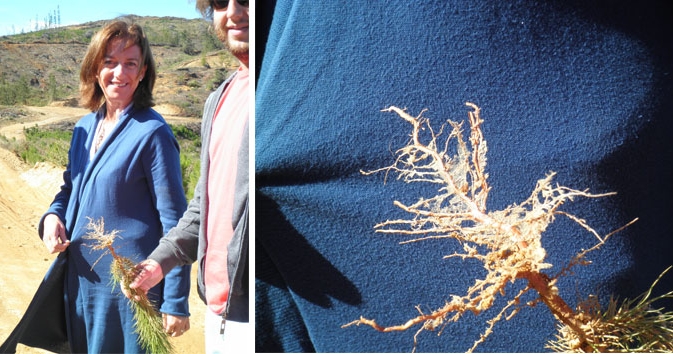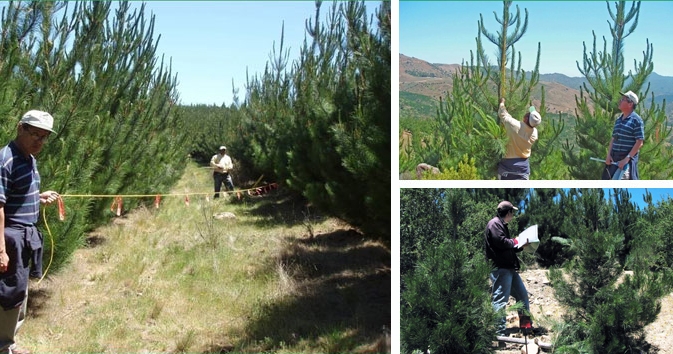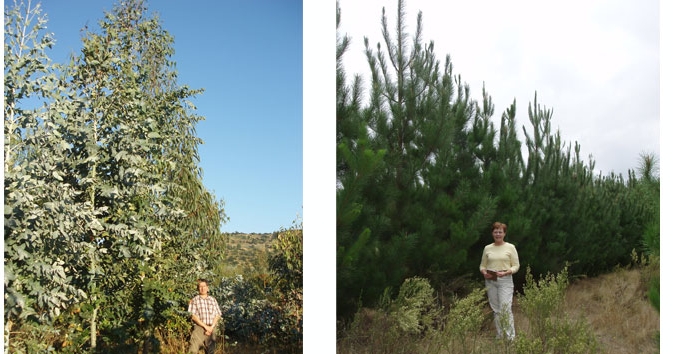Benefits of Using Mycorrhizae
Generally speaking, the more depleted the soil, the greater the increase in survival and growth as a result of mycorrhizal inoculation. Mikro-Tek’s large-scale field demonstrations in Canada’s commercial forestry sector resulted in average growth increases of 25%. In Chile, where trees were planted on marginal land with depleted soils in a mountainous terrain, the data collected from one million seedlings (three tree species), showed average first year growth increases of up to 83% as a result of mycorrhizal inoculation, compared to identical seedlings which were not treated.
Since more than 90% of all trees and plants form these beneficial microbial associations this technology has applications in many large and diverse markets internationally, including forestry, land reclamationLong-term field studies have demonstrated that land management practices such as restoring degraded lands and modifying tilling practices can increase the amount of carbon sequestered in the soil. Under contract with Sustainable Development Technology Canada, Mikro-Tek collected field data in the agricultural and reclamation sectors to qualify and verify the inoculation technology's ability to increase soil organic carbon sequestration.
Click here to view the full glossary, and agriculture. Mikro-Tek has focused their efforts on demonstrating the applications, mainly in forest carbon sequestrationReduction of net emissions of carbon dioxide (CO2) can be accomplished in two ways: either by reducing the rate at which CO2 is added to the atmosphere (e.g. those produced from burning fossil fuels or from clearing and burning forests), or by increasing sequestration the rate at which CO2 is removed from the atmosphere (e.g. by storing additional carbon in forests, soils and other carbon sinks). The latter can be accomplished through land management activities including re-vegetation, reforestation and afforestation as well as forest, cropland and grazing land management. Through photosynthesis plants remove carbon dioxide from the air, give off oxygen, and store the carbon as biomass. About one half of the dry weight of plant biomass is carbon, and one tonne of carbon in biomass represents 3.67 tonnes of atmospheric carbon dioxide.
Click here to view the full glossary projects, in Canada and in Chile. The models generated can be used to establish industry-specific projects in many other geographic areas. There are abundant opportunities for forestry projects to provide carbon offset creditsOffsets are the mechanism by which the impact of emitting a tonne of CO2 can be negated or diminished by avoiding the release of a tonne elsewhere, or by absorbing a tonne of CO2 from the air (domestically or internationally) that otherwise would have remained in the atmosphere.
Click here to view the full glossary for any industrial sector.
Mycorrhizal inoculation provides many environmental benefits including:
- Increased nutrient-use efficiency, reducing the need for chemical fertilizers and herbicidal sprays
- Increased plant survival rates due to enhanced water and nutrient uptake from the soil
- Reduced susceptibility to disease, insects, and physiological damage from stress events (transplant shock, temperature and moisture fluctuations etc.)
- Enhancement of forest adaptation to climate change, and extreme weather events
- Improved biological health of the soil: increased soil organic content, soil porosity and water holding capacity, and decreased soil erosion
- Increased fibre production, and biofuel production from a set land base
- Improved biodiversity and adaption to climate change

